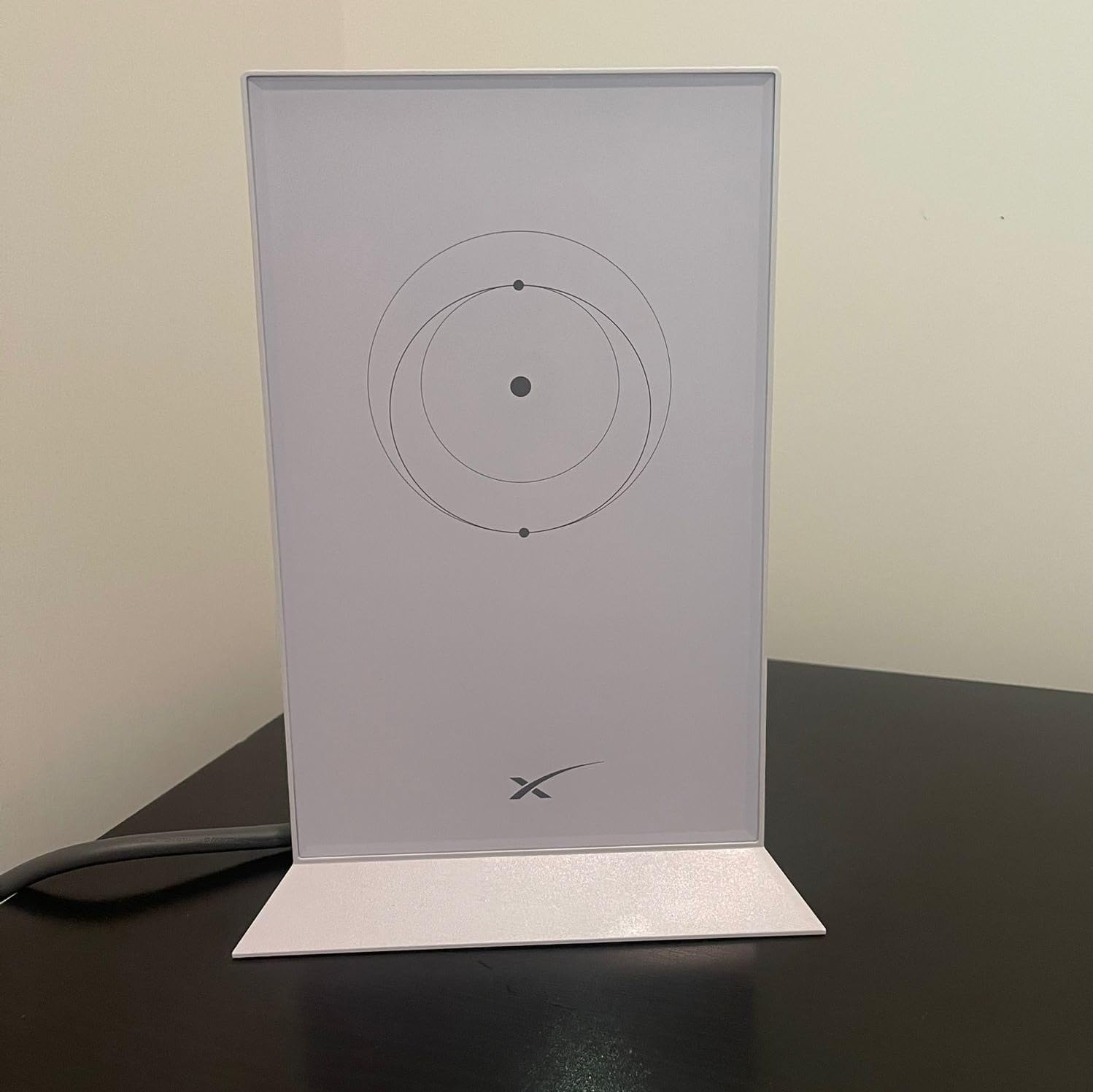What are the common issues with Starlink Gen 2 routers?
The most frequently reported issue with Starlink Gen 2 routers is a sudden failure, often indicated by the small white LED light on the bottom of the router no longer turning on. This typically points to a power supply unit (PSU) failure. Common causes include:
- Overheating: Continuous use, especially in warm environments, can lead to the PSU overheating and failing.
- Power Fluctuations: Inconsistent voltage or power surges, particularly in off-grid setups, can damage the unit.
- Component Wear: Over time, internal components can deteriorate, leading to unexpected failure.
Starlink no longer provides official replacements or support for Gen 2 routers, making it necessary for users to seek alternative solutions.

Can I buy a new Starlink Gen 2 router?
While Starlink no longer offers direct replacements for Gen 2 routers, you might be able to find them from third-party retailers or on the used market. However, be aware that these may not come with a warranty or full support. Some third-party companies also offer compatible power solutions or replacement PoE injectors designed for Gen 2 systems.
Are Starlink Gen 3 routers compatible with Gen 2 dishes?
The Starlink Gen 3 router can be used with a Gen 2 dish, but it’s not a simple plug-and-play swap. You will need a Starlink Ethernet Adapter to connect a Gen 2 dish to a Gen 3 router. Additionally, the Gen 3 router’s integrated power supply (57V) is designed only for Gen 3 terminals and will not power a Gen 2 dish. Therefore, you’ll need a separate power solution for your Gen 2 dish. The Gen 3 router also supports “bypass mode” if you wish to use your own third-party router.
What are the advantages of upgrading to a Starlink Gen 3 system?
Upgrading to a Gen 3 system offers several benefits:
- Improved Router Performance: The Gen 3 router features Wi-Fi 6, tri-band radios, and an improved 4×4 MU-MIMO setup, offering better range, faster speeds, and support for more simultaneous devices (up to 235). It also re-introduces two Ethernet ports.
- Enhanced Dish Design (Gen 3 Standard Dish): The Gen 3 Standard dish (Dishy V4) has a larger antenna surface, a slimmer, more compact, and more durable design. It also has a detachable kickstand for easier manual alignment and does not have a motor, reducing mechanical failure points.
- Easier Installation: The Gen 3 system is designed for self-installation with just two steps: plug it in and point it at the sky.
How do I complete a Gen 2 to Gen 3 upgrade?
A complete upgrade from Gen 2 to Gen 3 involves more than just swapping routers:
- New Hardware: You’ll need a new Gen 3 dish and router kit.
- Mounting Hardware: The Gen 3 dish requires different mounting hardware than the Gen 2, as it does not come with an integrated mounting pole.
- Cable Changes: While your existing Gen 2 cable can sometimes be used, new connectors are often required, and the swap is not plug-and-play. Professional installation services can handle the necessary cable adjustments.
- Dish Alignment: The Gen 3 dish requires manual alignment using the Starlink app to achieve optimal signal.
You can order new Starlink hardware directly through your Starlink account on their website or via the Starlink app.
Can I use a Gen 3 router as a mesh node with my existing Gen 2 router?
Yes, the Gen 3 router is compatible with the Gen 2 router for mesh networking. You can purchase a Gen 3 router to expand your existing Gen 2 Starlink network’s WiFi coverage. If you are wiring the mesh connection, a Starlink Ethernet Adapter may be required.